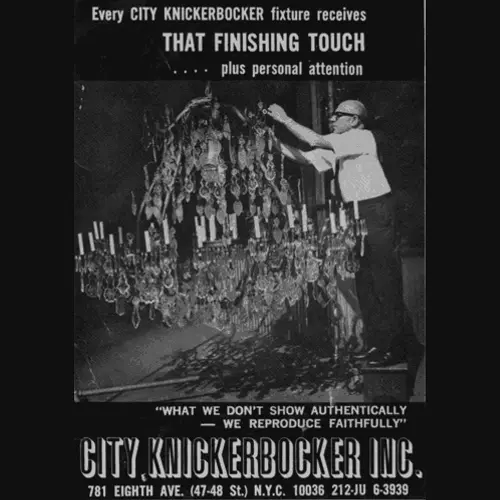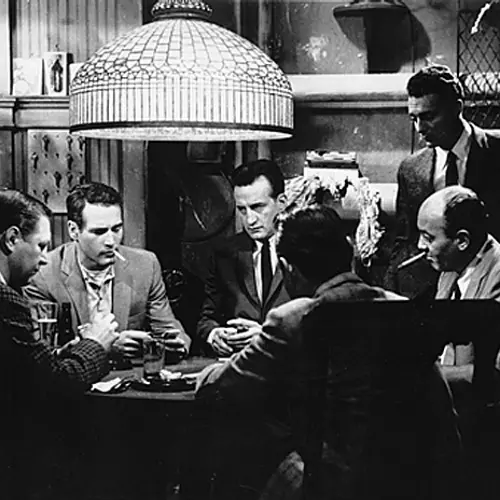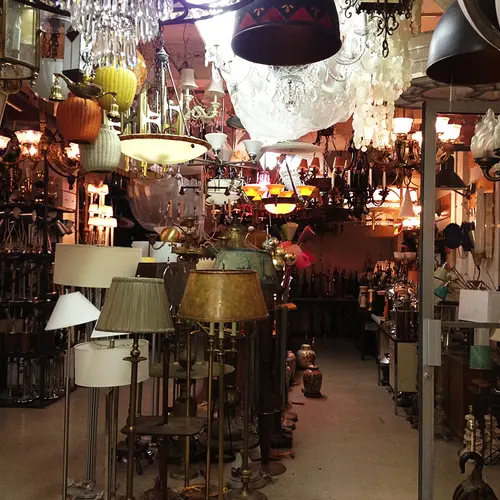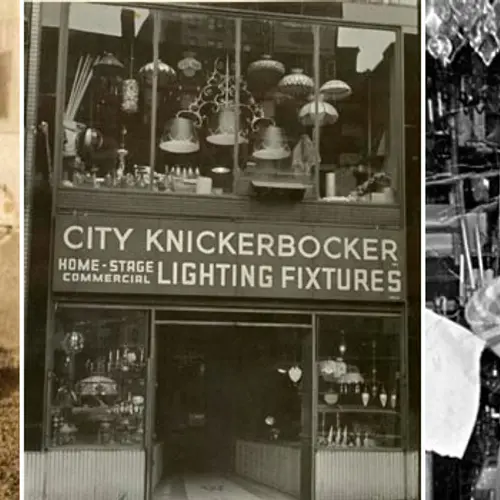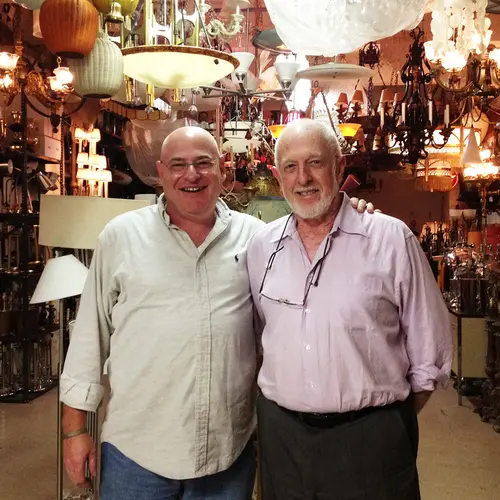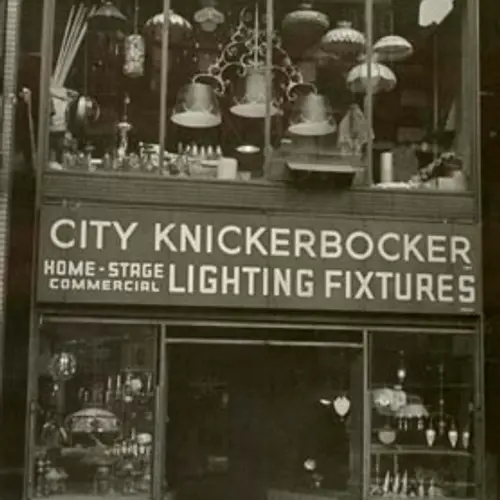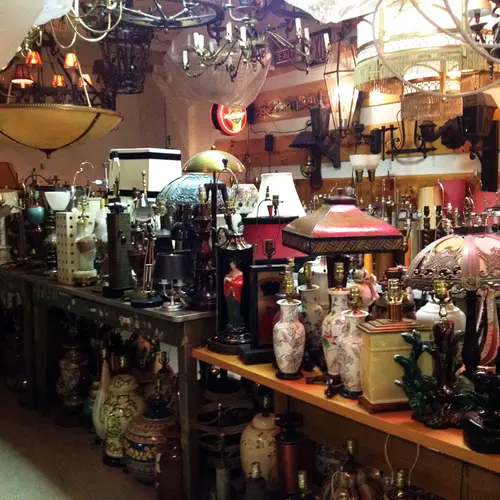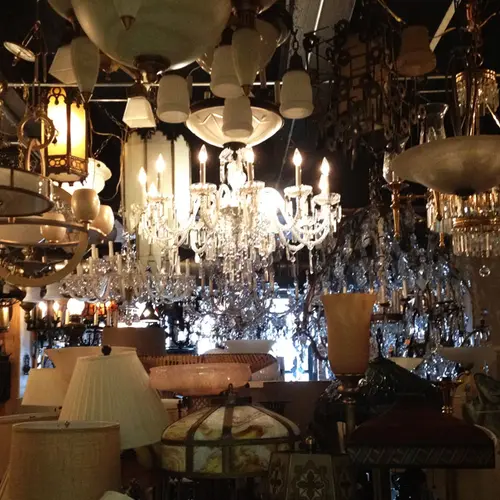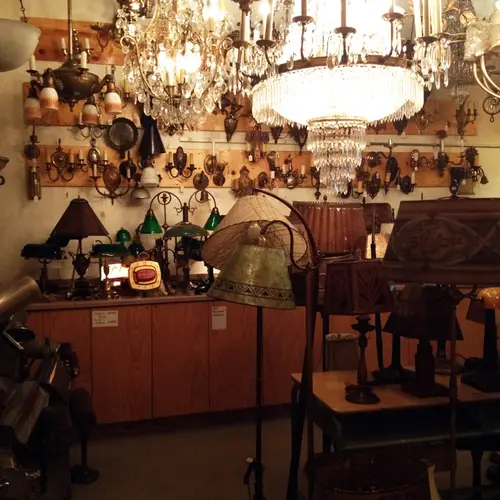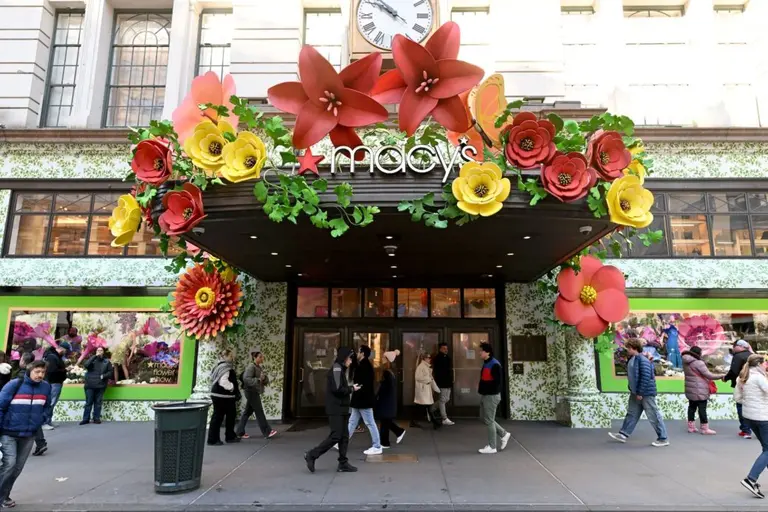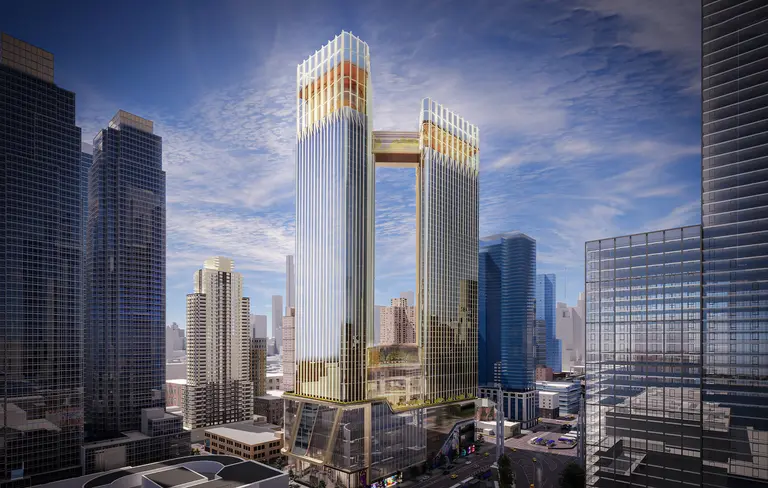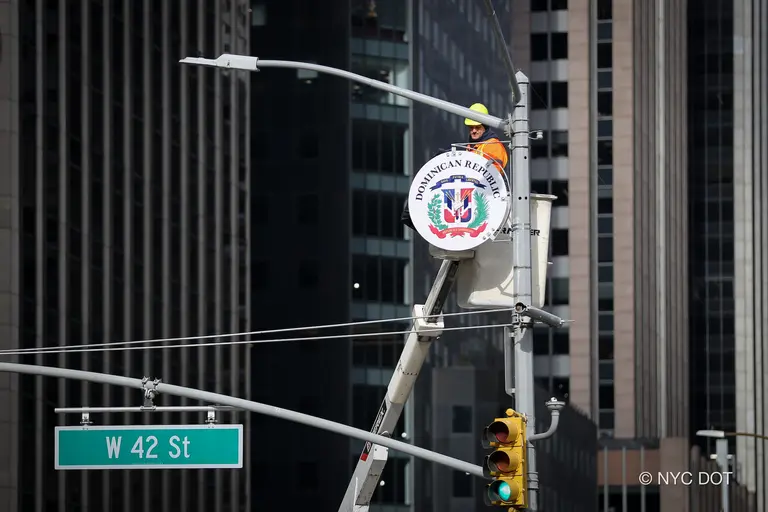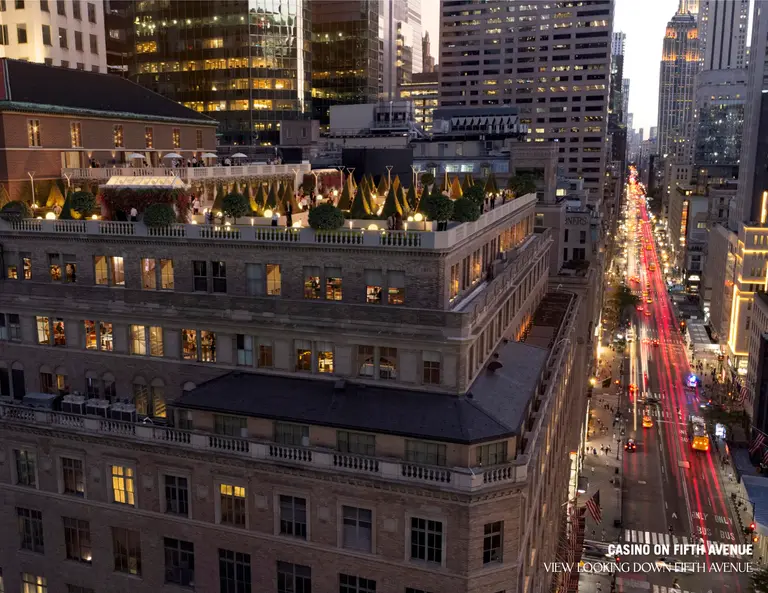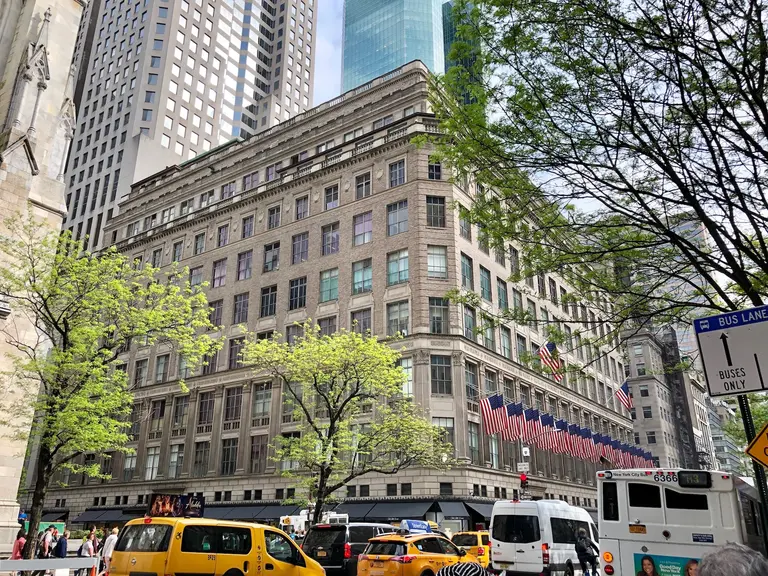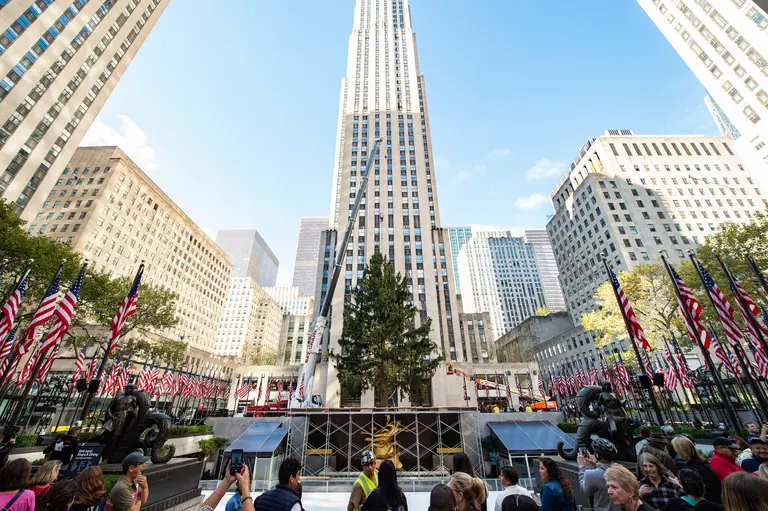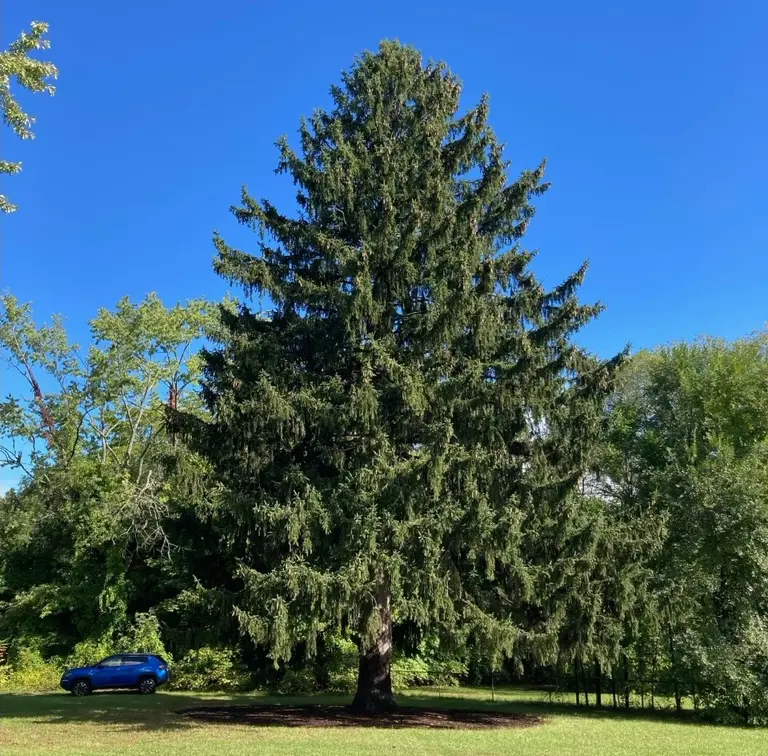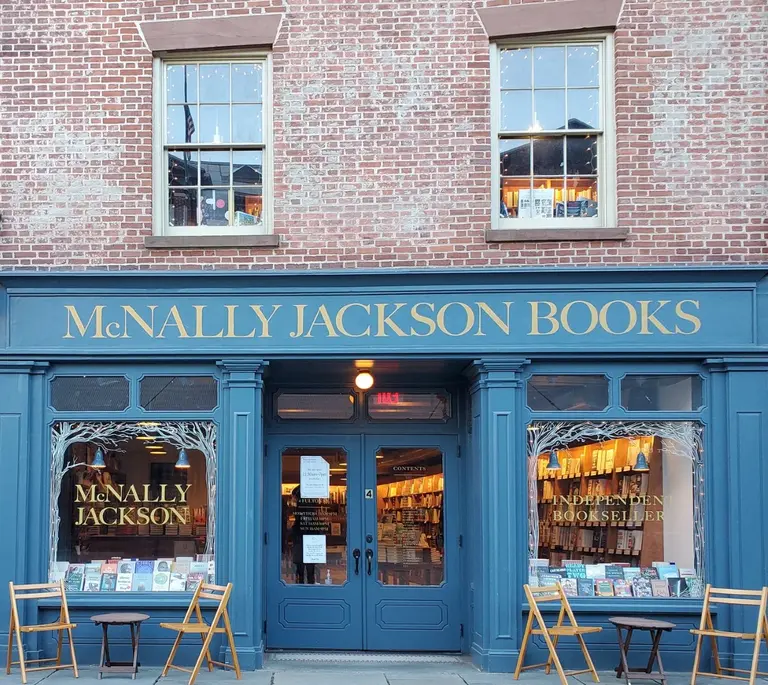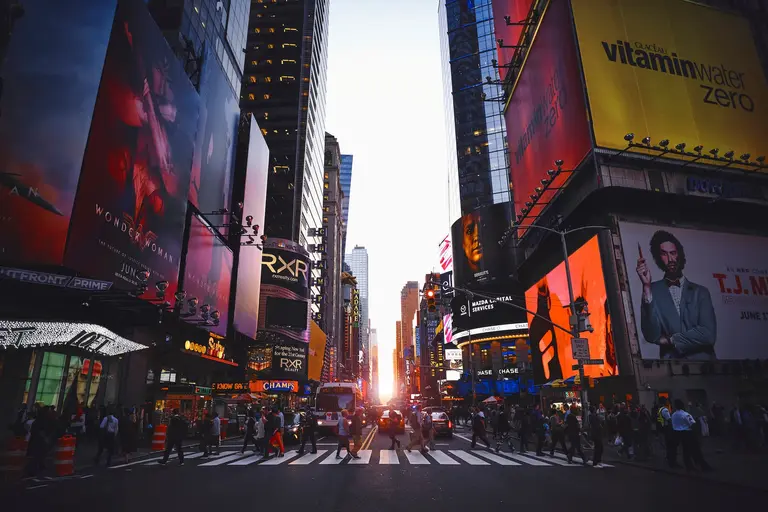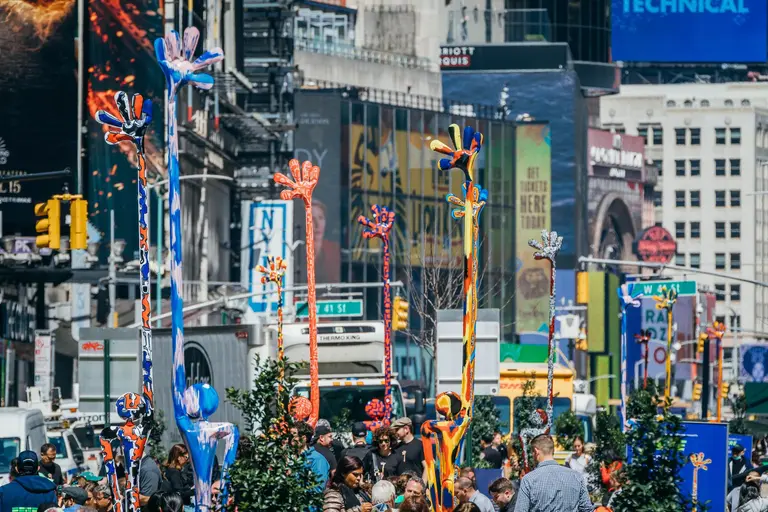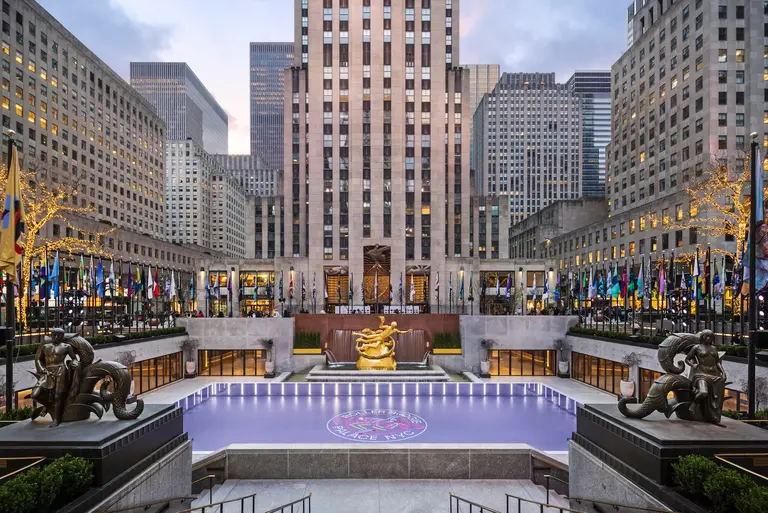New Yorker Spotlight: Scott Liroff Sheds Light on His Century-Old Family-Run Business, City Knickerbocker
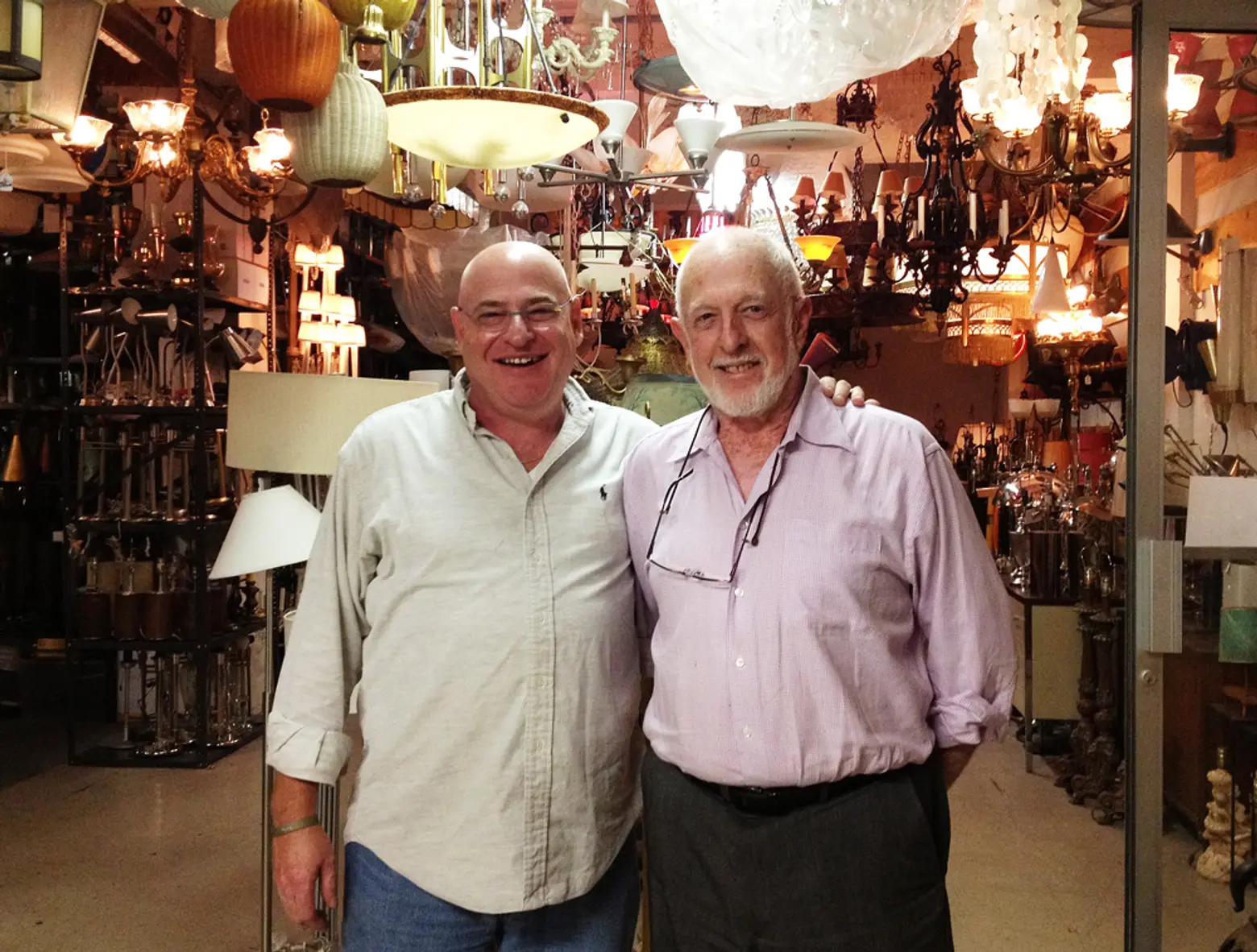
Scott with his father
Tucked away on the second floor of a building on 11th Avenue and 48th street is City Knickerbocker, Inc., a small lighting business with a long history. Founded in 1906 founded by Adolph Liroff, a Russian immigrant whose trade was converting gasoliers and sconces to electric lamps, this business has lasted for four generations. Today, Scott Liroff, Adolph’s great-grandson, proudly carries on the family tradition serving as City Knickerbocker’s Vice President.
To appreciate Scott’s role in both his family and the business, one needs to go back over one hundred years to Brooklyn in the early 20th century. When Adolph’s Brooklyn-based business took off, he headed to the city and rented a space on 42nd Street between 8th and 9th Avenues. After the Metropolitan Opera rented his light fixtures, Broadway started calling to rent lights too. As early as 1912-1913 City Knickerbocker’s primary source of business was rentals. When Adolph’s son, Seymour, took over the business in the 1950s, the store provided lighting for shows including The Ed Sullivan Show and The Milton Berle Show.
6sqft recently spoke with Scott to learn about City Knickerbocker and what it means to carry on a legacy in New York.
***
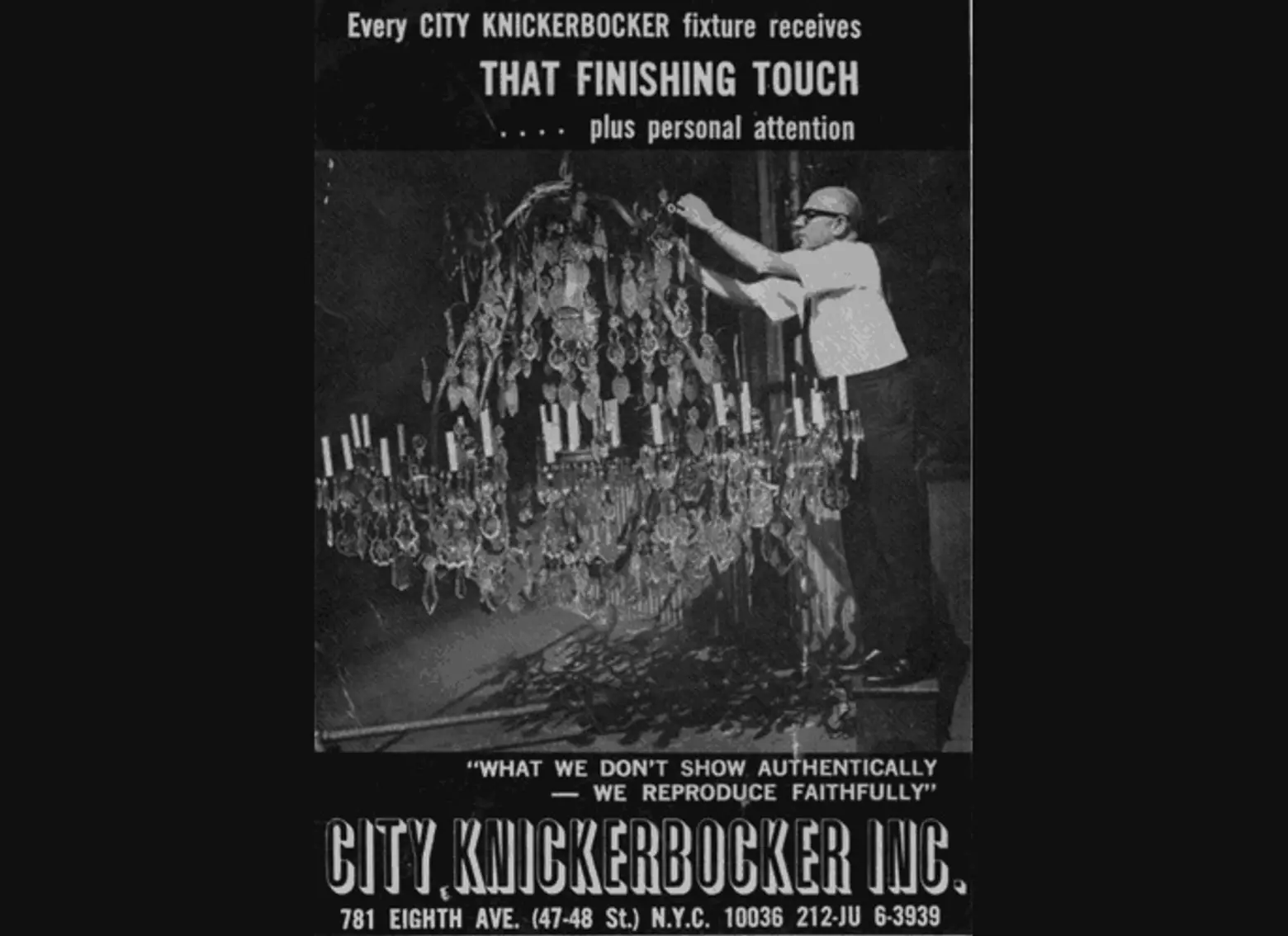
When Scott began working at City Knickerbocker alongside his father Kenneth in 1987, he was the fourth generation in the Liroff family to work in the business. Together, father and son focus a great deal of their time taking care of the television and film industries light needs. Over the years, City Knickerbocker has created props for Oscar winning films The Godfather and The Hustler, has provided over 25 years of lighting for Saturday Night Live, and has had lights on The Soprano’s, Law and Order and Sex and the City. (City Knickerbocker offers a complete family and business history on their website).
What are some of your childhood memories of the store?
Scott: It was always magical coming in because grandpa was there, my dad was there, all the guys worked there, and I was always the kid. Even as a young kid, I loved coming in and working. At that point we were open on Saturdays so I would come in with my father every once and a while.
Do you remember having an interest in lamps and lights as a kid?
Scott: I did because it really was in my blood. I mean that because I would be wiring lamps when I was eight years old.
At what point did you decide that you wanted to enter the family business?
Scott: I didn’t. I went to college, studied Radio Television, and got a job at NBC in Cleveland. They went on strike. I did not want to be on a picket line in Cleveland in February and my father said, “Well, maybe it’s time you come home.” I was just married so my wife and I packed up and came home. Here we are.
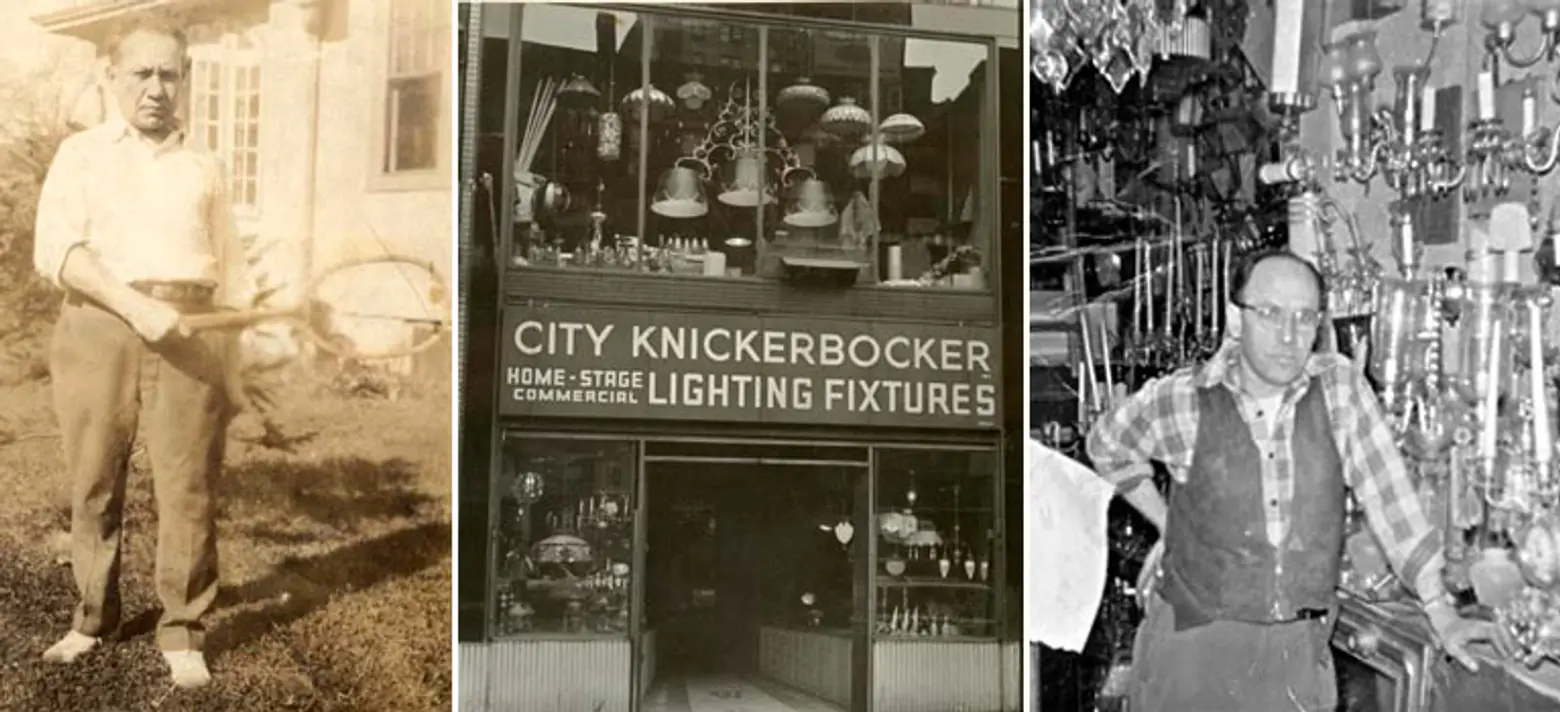 Scott’s great-grandfather Adolph (L); A 1950s shot of the exterior of the shop (C); Adolph’s son Seymour (R)
Scott’s great-grandfather Adolph (L); A 1950s shot of the exterior of the shop (C); Adolph’s son Seymour (R)
Do you and your father split responsibilities?
Scott: My father is an accountant. He can do numbers. I am great with people and creative. I can help customers design sets.
City Knickerbocker provides lighting for the film and television industries. Are their lighting needs unique?
Scott: They use more lights than you would use in your house. They use practicals to light the sets. So while most people would not have a crystal chandelier or floor lamp in their bathroom, at times they do it because they need more light. Their needs are different and it’s specific each project. If we are doing a period piece, we try to be as close to the period as we can. We have a pretty good inventory for that. If we are doing a contemporary piece, same thing. For film and television, we alter fixtures or make customs fixtures, and change colors.
Is it exciting to see the store’s fixtures in a scene?
Scott: People stopped going to the movies with me because I say, “Hey that’s mine.” There are times I get engrossed in the sets rather than the film or television show.
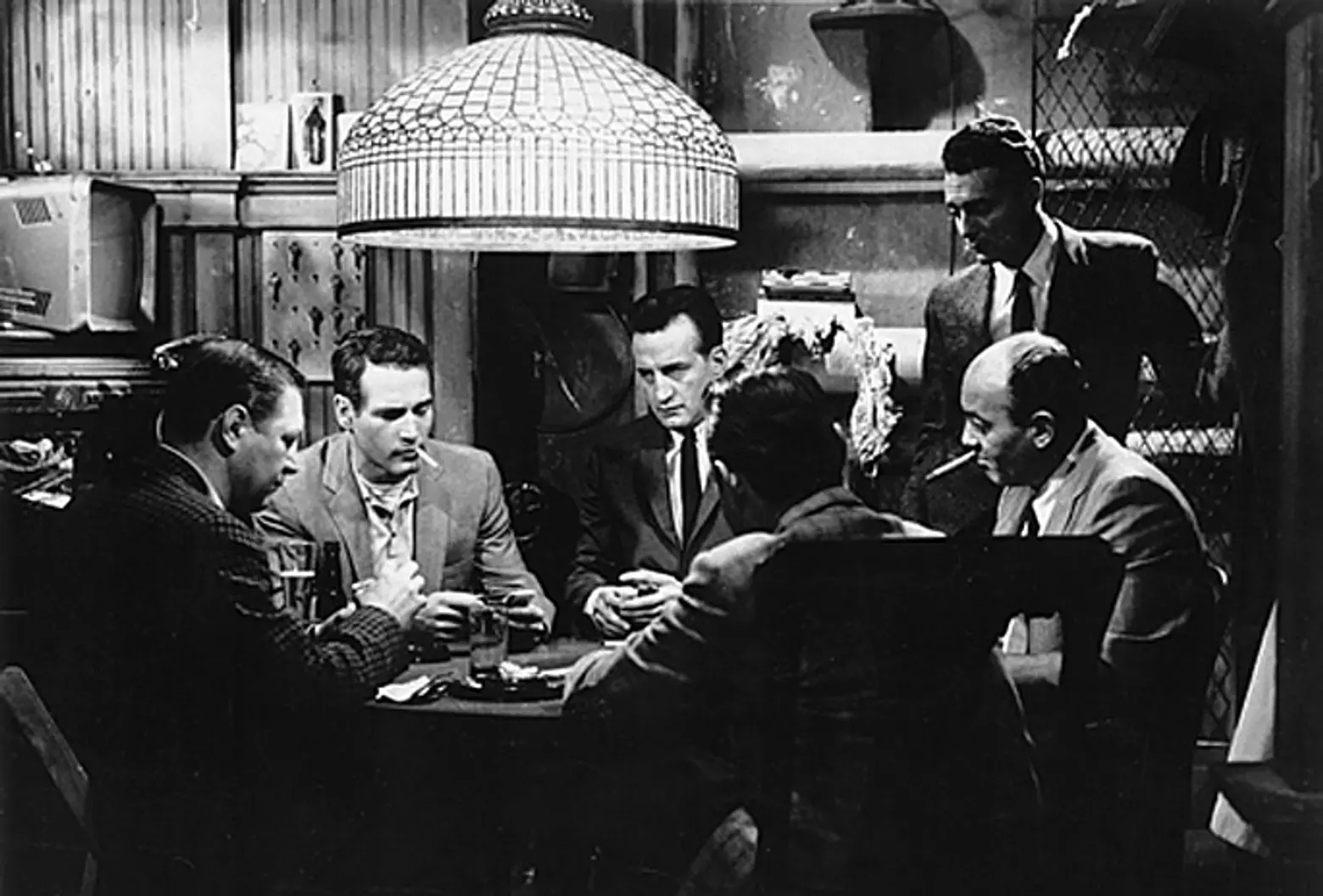 The beautiful fixtures created for the hit film Hustler
The beautiful fixtures created for the hit film Hustler
Outside of television and film, what other lighting needs does City Knickerbocker handle?
Scott: We do a lot of repairs. There are not many of us left that do repairs.
The store relocated 10 years ago. Why did you select this space on 11th Avenue?
Scott: We started on 42nd street and then my grandfather bought a building on Eighth Avenue between 47th and 48th street, and then 10 years ago we outgrew that building and moved over here.
We moved from a fourth floor walk up with no elevator. It was about 20 feet by 100 feet. We would be carrying huge chandeliers up tall steps, and we all got a little too old for that. A truck would pull up on Eighth Avenue and stop and we would have to wheel the chandeliers out. Back in the ’70s and ’80s, they could do that, but when we got into the ’90s, Eighth Avenue was packed. We had a three-foot door, that was it. There were actually chandeliers we would have to take apart to get out the door and then stand in the street and put the chandeliers back together to put on the truck. We wanted a building that had a freight elevator. We were lucky to find this space.
Most New Yorkers don’t walk on 11th Avenue in the 40s. Can you describe the area?
Scott: There are a lot of car dealers, but it’s becoming a lot more residential. They’re buildings on 44th street. There are more people walking up and down. It’s more old New York, which is perfect for us.
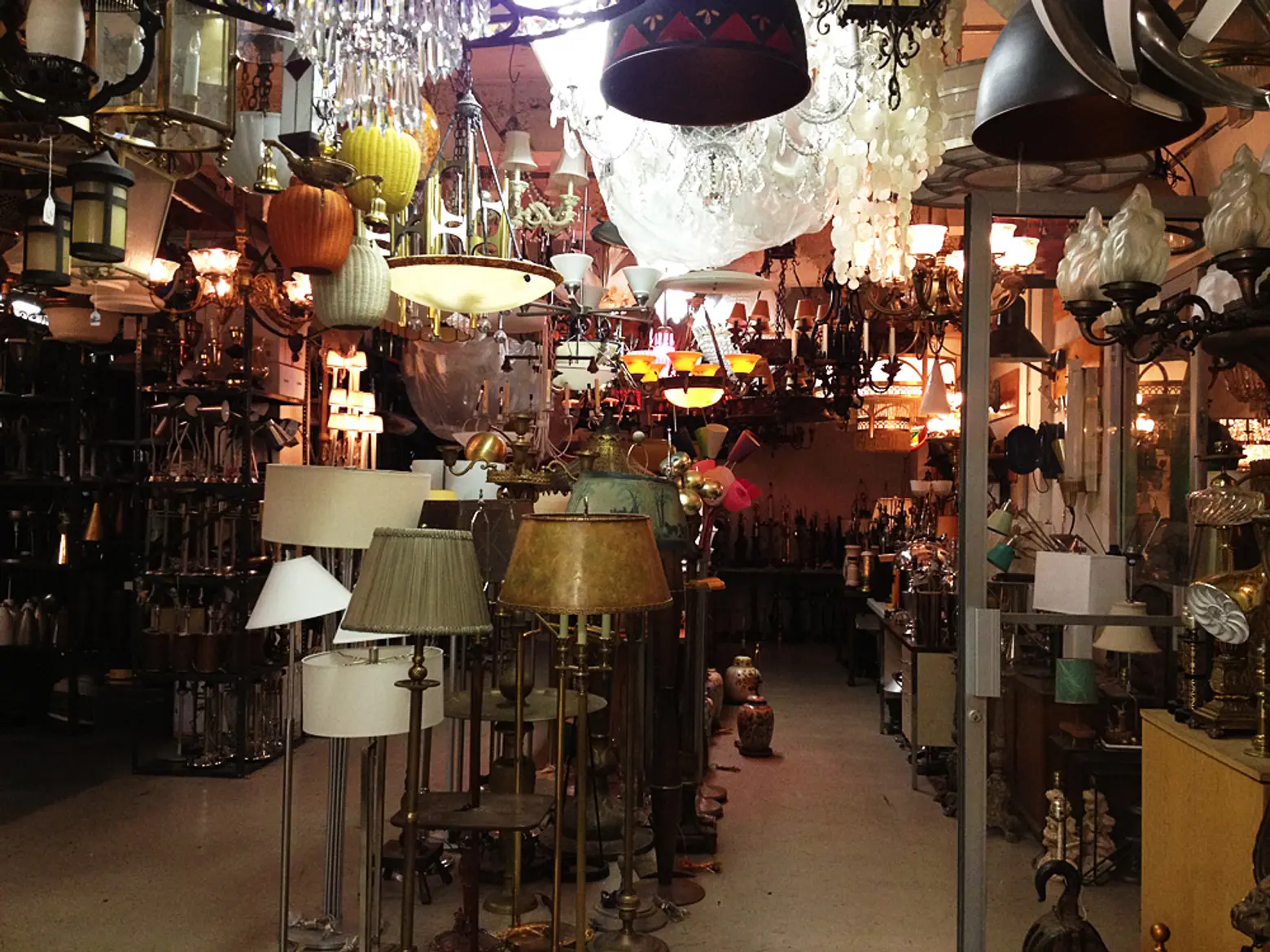 Inside the shop today, which is now a 10,000 square foot facility
Inside the shop today, which is now a 10,000 square foot facility
What is one thing the average New Yorker might not know about lighting fixtures?
Scott: People put frosted bulbs in crystal chandeliers and clear bulbs look so much better. If you want to warm up a lighting source, put it on a dimmer and dim it down a little bit—you get more of a color.
If you could select one light fixture that epitomizes New York, which one would it be?
Scott: For me, it would be a beautiful art deco tiered piece because it reminds me of the Empire State building. That’s my landmark in New York. Or something with beautiful arches because it reminds me of Grand Central. Those are my two favorite buildings in New York, and that’s what I think of when I think of New York. That’s something about New York, people always have a favorite part of the city.
What does it mean to carry on a family tradition?
Scott: It’s big. It was very important for my family. In the beginning it was just easy, the right thing to do. It was a job. I have grown to absolutely love it and make sure the tradition continues. Maybe at some point my son or daughter will want to do it.
+++
City Knickerbocker, Inc.
655 11th Avenue, 2nd Floor
New York, NY 10019
[This interview has been edited]
